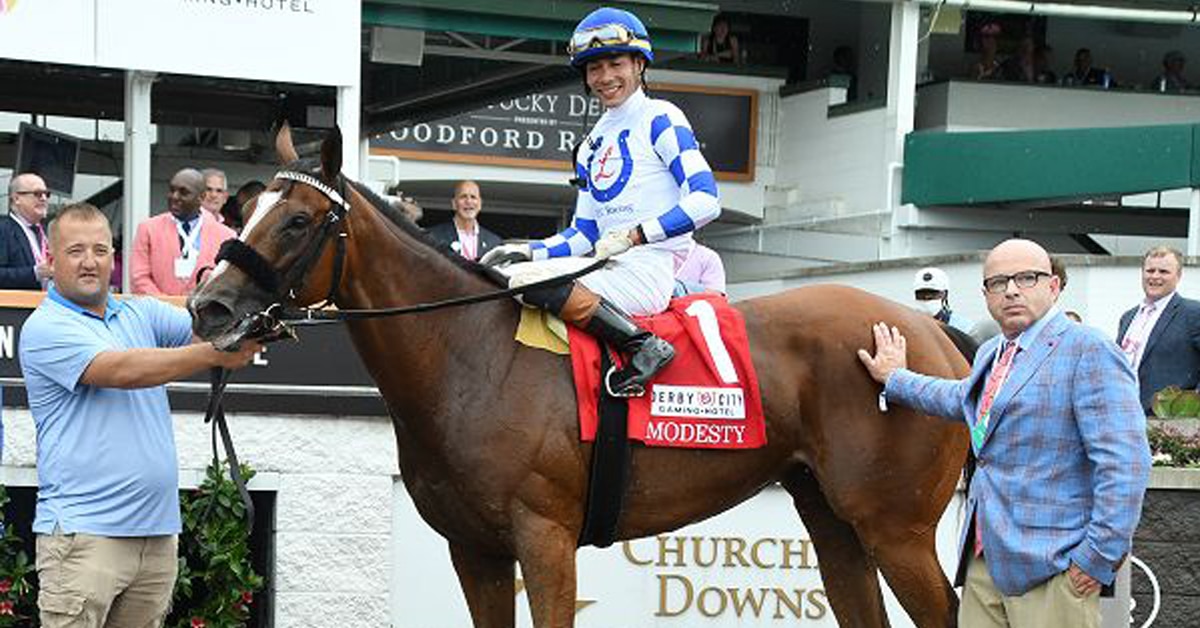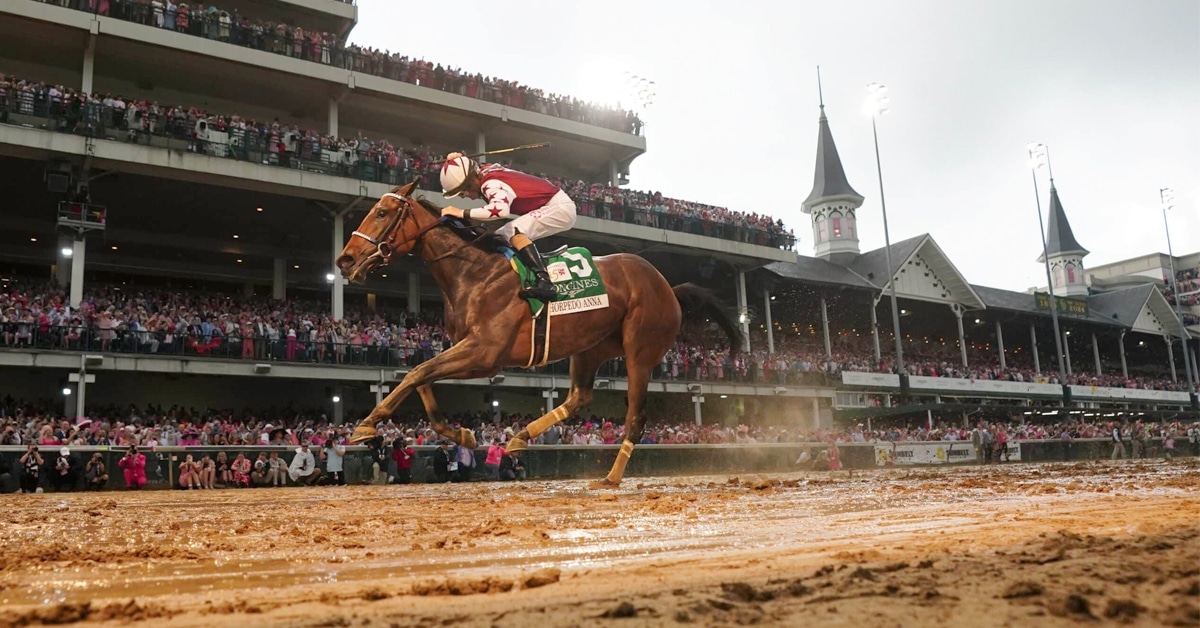Toronto, ON – Woodbine Entertainment Group has always believed that safety of horse and rider is paramount in the sport of Thoroughbred racing.
In 2007, the company installed Polytrack, a partially synthetic, all-weather surface at Woodbine. It was an important step in saluting that mandate.
The track’s starting gate is also well-regarded by horsepeople across the continent for its high quality, durability and safety features for human and equine athletes. But in its effort to procure the finest and most secure gate, the company, in 2007, began a worldwide search. The investigation concluded that Woodbine already had the best starting gate in the sport. So WEG decided to build its own. To the exact specifications of the one it’s replacing.
“We had the new gate built from scratch,” said Eddie Stutz, Woodbine’s Vice-President of Operations. “No one in the industry has a heavy, solid gate like ours, so we just duplicated what we had and built it ourselves. It’s a Woodbine exclusive.” Stutz stressed the company did look at other models. “We looked at gates from all over the world and they were too light. We wanted a solid, strong gate that was specifically dedicated to racing. The two we used for years will be there for training and schooling.”
In March of 2008, WEG contracted John Thurston Machine Limited (JTM), a Brampton firm, to build the custom gate and to have it ready for Saturday’s start of the 2009 meet. JTM, a custom manufacturing outfit, had its tradesmen precisely measure every millimetre of the structure and then used a computer simulation to perfect the details of the gate.
“It was a very labour intensive job,” said John Walker, JTM’s lead on the Woodbine project. “It took us 10 months to do the job, but it’s on the Woodbine property and ready to go for the racing season. It’s a fine structure.” The replacement cost of the gate tops the $400,000 mark. It measures 50 feet long and 10,000 pounds. It will be fitted with wider, softer tires (better for driving over the Polytrack and the turf) to transport the gate and a more camera-friendly colour scheme.
“We started to wonder about having only two gates on the property,” said Dave Malhotra, WEG’s Manager of Fleet Services and lead on the starting gate project. “They were in use for both training and racing. In the morning a horse could bang a stall and the gate may act up, same thing in the afternoon and we’d be stuck with no gate for racing. We had the gates checked out and x-rayed, and they’re fine, but it was time for a new main gate.”
Malhotra said JTM did an outstanding job on the gate. Small wonder, JTM is an ISO 9001 certified facility and did work for the U.S. Space Shuttle programme. “JTM was great to deal with. For a specific custom project like this, they never cut corners. They maintained a very high standard of work and continue to be involved in the project.”
Robert King, National Secretary-Manager of the Jockeys Benefit Association of Canada, is pleased with Woodbine’s starting gate decision. “(The jockeys) have always been happy with the performance of Woodbine’s gate,” said King, in his second year as the head of the JBAC. “We didn’t want a different starting gate concept, replicating what they had was the best thing they could have done.”
King, a winner of 1,347 races as a jockey and 29 races as a trainer, likes the overall quality of the structure. “We want a quiet, heavy gate. The stalls are snug, so a horse has less a chance to misbehave and one that acts up in a stall in the aluminum models could cause chain reactions three and four stalls away. The gate is simply superior to other models out there. The horsemen and the jocks will love it.”
The starting gate is a prominent part of any horse race, quite obviously, but its mechanics and security features are likely taken for granted by the casual racing fan. For those who work in and around the gate, both human and equine, nothing could be more important.
More from Canadian Thoroughbred:





